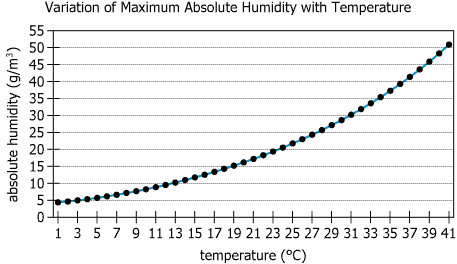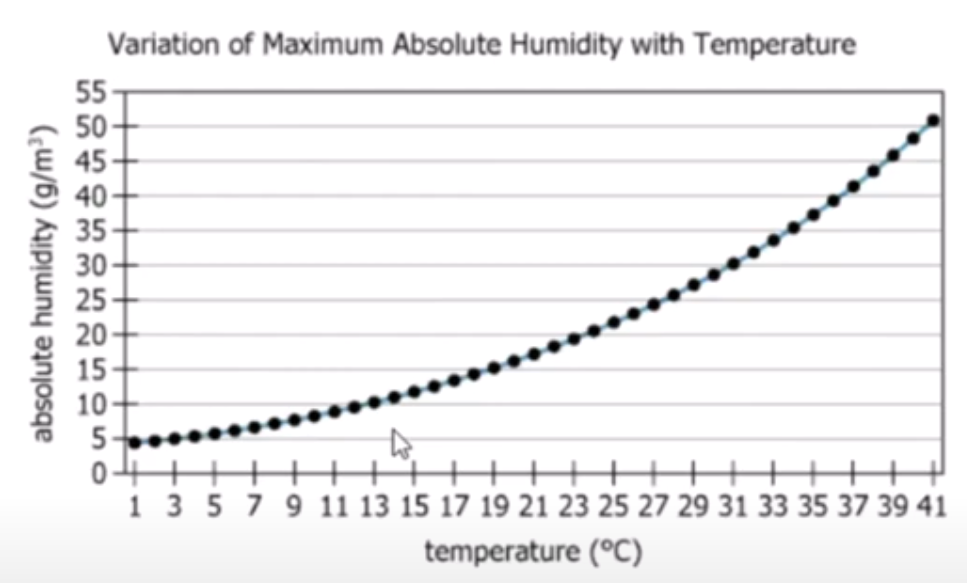Events & Promotions
|
|

GMAT Club Daily Prep
Thank you for using the timer - this advanced tool can estimate your performance and suggest more practice questions. We have subscribed you to Daily Prep Questions via email.
Customized
for You
Track
Your Progress
Practice
Pays
Not interested in getting valuable practice questions and articles delivered to your email? No problem, unsubscribe here.
- Nov 19
12:30 PM EST
-01:30 PM EST
Learn how Keshav, a Chartered Accountant, scored an impressive 705 on GMAT in just 30 days with GMATWhiz's expert guidance. In this video, he shares preparation tips and strategies that worked for him, including the mock, time management, and more - Nov 20
07:30 AM PST
-08:30 AM PST
Learn what truly sets the UC Riverside MBA apart and how it helps in your professional growth - Nov 20
01:30 PM EST
-02:30 PM IST
Learn how Kamakshi achieved a GMAT 675 with an impressive 96th %ile in Data Insights. Discover the unique methods and exam strategies that helped her excel in DI along with other sections for a balanced and high score. - Nov 22
11:00 AM IST
-01:00 PM IST
Do RC/MSR passages scare you? e-GMAT is conducting a masterclass to help you learn – Learn effective reading strategies Tackle difficult RC & MSR with confidence Excel in timed test environment - Nov 23
11:00 AM IST
-01:00 PM IST
Attend this free GMAT Algebra Webinar and learn how to master the most challenging Inequalities and Absolute Value problems with ease. - Nov 24
07:00 PM PST
-08:00 PM PST
Full-length FE mock with insightful analytics, weakness diagnosis, and video explanations! - Nov 25
10:00 AM EST
-11:00 AM EST
Prefer video-based learning? The Target Test Prep OnDemand course is a one-of-a-kind video masterclass featuring 400 hours of lecture-style teaching by Scott Woodbury-Stewart, founder of Target Test Prep and one of the most accomplished GMAT instructors.
Dropdown 1: 3.6
Dropdown 2: greater than
Be sure to select an answer first to save it in the Error Log before revealing the correct answer (OA)!
Difficulty:
 95%
(hard)
95%
(hard)
Question Stats:
55% (03:41) correct 45%
(03:37)
wrong
45%
(03:37)
wrong  based on 1125
sessions
based on 1125
sessions
History
Date
Time
Result
Not Attempted Yet

The graph shows the maximum absolute humidity—the maximum amount of water vapor that atmospheric air at sea level can hold—in grams of water vapor per cubic meter (g/m^3), for integer-valued temperatures on the Celsius scale from 1°C through 41°C. When the air contains this maximum amount of water vapor, the air is said to be at its saturation point. In addition, at sea level and at a temperature of T °C, the density of air containing no water vapor is \(\frac{10^5}{287(T + 273)}\) \(kg/m^3 \)where 1 kg = 1 kilogram = 1,000 g.
From each drop-down menu, select the option that creates the most accurate statement based on the information provided.
At 37°C, and at sea level, the weight of water vapor in 1 m^3 of air at its saturation point is % of the weight of 1 \(m^3\) of air containing no water vapor.
The average rate of change of maximum absolute humidity from 31°C to 41°C is the average rate of change of maximum absolute humidity from 11°C to 21°C.
ID: 700158

Graph.png [ 198.78 KiB | Viewed 12891 times ]
Attachment:
Graph.png [ 198.78 KiB | Viewed 12891 times ]
ShowHide Answer
Official Answer
Dropdown 1: 3.6
Dropdown 2: greater than
Kudos
Bookmarks
The units don’t play much of a role in this question. The units are the same and there’s no conversion needed, you only have percentage conversion.
I solved this on the back of the napkin without a calculator or the napkin. Of course I was casually looking on my phone without timing myself for the time pressure of the question but it is possible to solve it without the calculator. You should make a challenge for yourself to figure out how to solve every DI question without a calculator. I don’t mean to force yourself to do calculations in your head but figure out if there is a shortcut that would allow you to solve the question without doing calculations.
1. If you look at this scary equation you will notice that at the top you have 100,000 in the numerator and denominator is basically going to be 300×300. I don’t think you need to have a more precise calculation there.
This means the weight of air going to be 1.1 kg approx. Since it’s over 1 , and water vapor Weighs 40 g, it’s not going to be 4% it’s going to be approx 10% less than 4% but not quite as little as 3.2% which is 20% less.
I hesitated a little because it was slightly over 40 g but 40 to 41 It’s only a 2 1/2% change whereas from one to 1.1 is a 10% change. So the final answer would likely be slightly higher than 3.6. Maybe it’s 3.7 but still less than 4% and closer to 3.6%
The second question is fairly easy because you just look at the chart and you see the rate of change and it’s clearly greater because it’s exponential or at least it looks to me like that and that was the correct answer 😇
The key to this question was a good understanding between the numerator and denominator so you understand what happens when you divide a number by 1.1 or 0.9. Key for mental math.
I solved this on the back of the napkin without a calculator or the napkin. Of course I was casually looking on my phone without timing myself for the time pressure of the question but it is possible to solve it without the calculator. You should make a challenge for yourself to figure out how to solve every DI question without a calculator. I don’t mean to force yourself to do calculations in your head but figure out if there is a shortcut that would allow you to solve the question without doing calculations.
1. If you look at this scary equation you will notice that at the top you have 100,000 in the numerator and denominator is basically going to be 300×300. I don’t think you need to have a more precise calculation there.
This means the weight of air going to be 1.1 kg approx. Since it’s over 1 , and water vapor Weighs 40 g, it’s not going to be 4% it’s going to be approx 10% less than 4% but not quite as little as 3.2% which is 20% less.
I hesitated a little because it was slightly over 40 g but 40 to 41 It’s only a 2 1/2% change whereas from one to 1.1 is a 10% change. So the final answer would likely be slightly higher than 3.6. Maybe it’s 3.7 but still less than 4% and closer to 3.6%
The second question is fairly easy because you just look at the chart and you see the rate of change and it’s clearly greater because it’s exponential or at least it looks to me like that and that was the correct answer 😇
The key to this question was a good understanding between the numerator and denominator so you understand what happens when you divide a number by 1.1 or 0.9. Key for mental math.
General Discussion
playthegame

Johnson Moderator
Joined: 19 Jan 2024
Last visit: 28 Mar 2025
Posts: 423
Given Kudos: 146
Location: Canada
Concentration: Operations, Leadership
Schools: Johnson '27
Kudos
Bookmarks
Interesting question it took 5mins to solve this question, I got it right once I understood the first part. Some calculations using the calculator.....the second part is easy if you take the slope and the compare the angle of the two lines which will indicate that rate of change from 31-41 degrees celsius is greater.
It took me longer than average to solve this problem as I felt a little overwhelmed with the amount of information that was thrown at me.
It took me longer than average to solve this problem as I felt a little overwhelmed with the amount of information that was thrown at me.
















